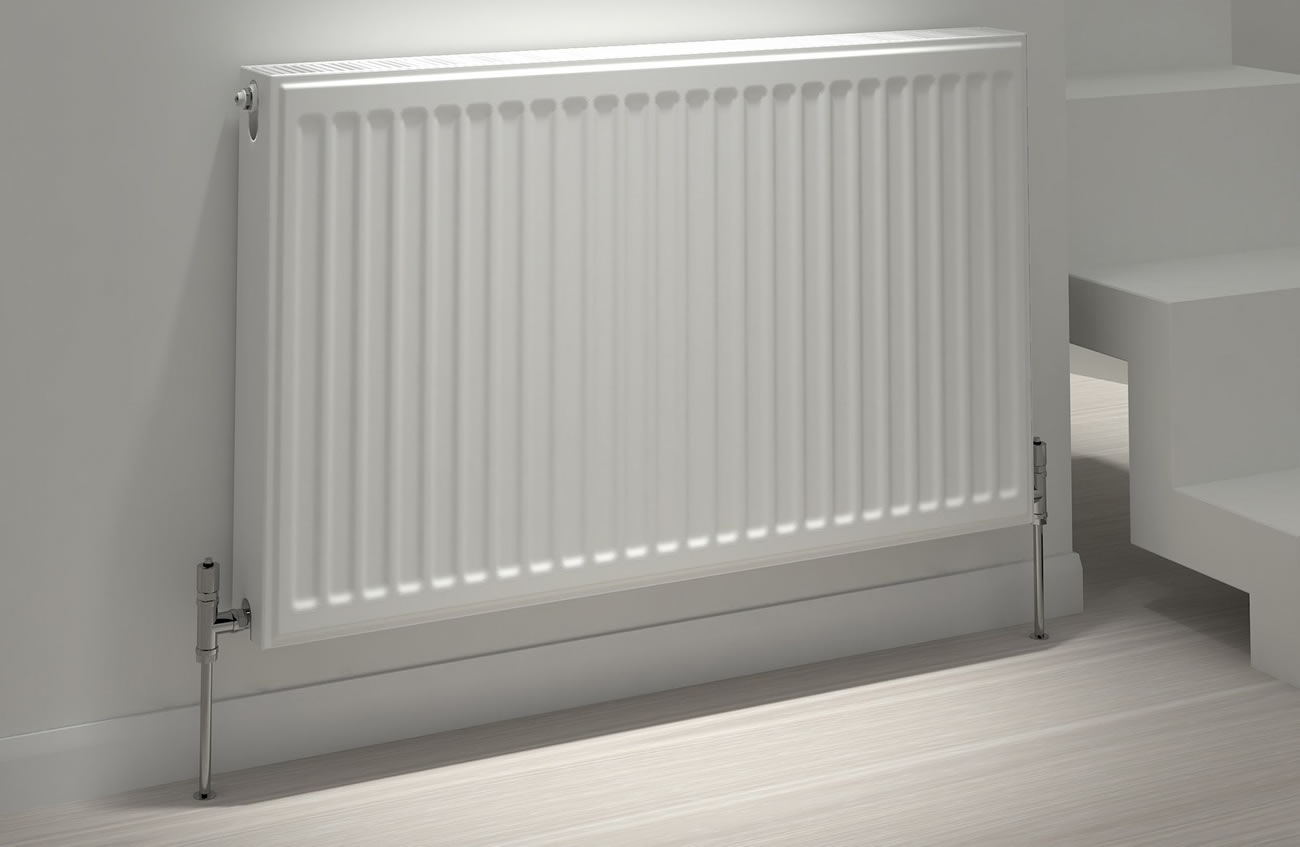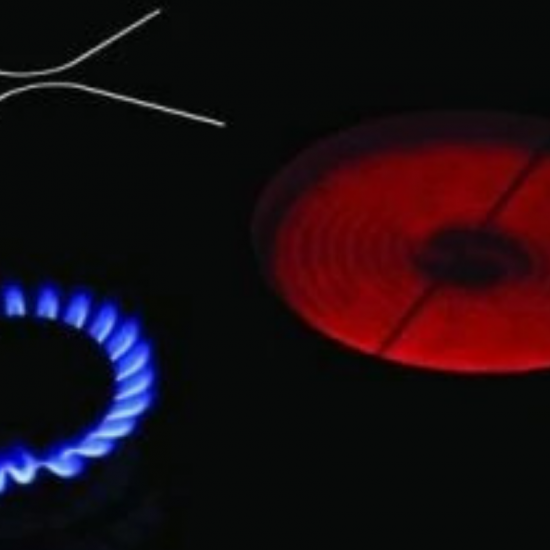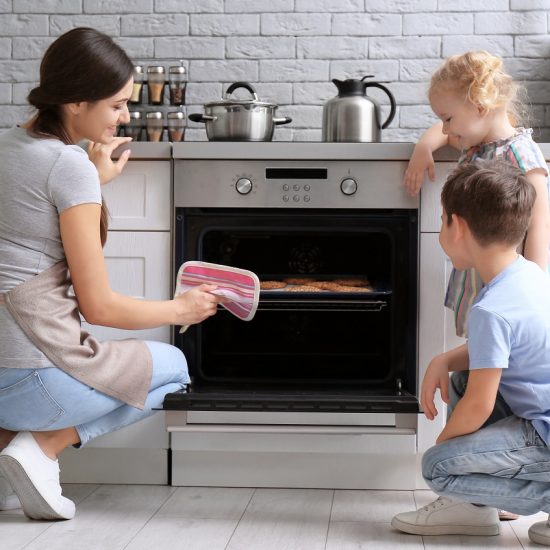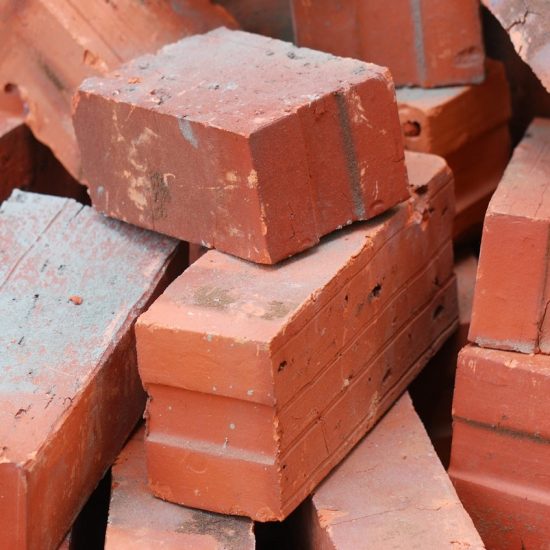Radiators - Types & Sizes
All you need to know about Radiators including the different types, sizes and costs.
The sheer volume of radiators to choose from, can make it a difficult proposition for many homeowners who need to purchase a new one. Towel, vertical, horizontal, double or single-heating, are just a few of the terms you'll hear thrown around, when shopping for a new radiator. How do you know which one to choose? Then there's the efficiency ratings to consider as well as the heating method, such as oil, electric, water, etc. If you are shopping for a new radiator to install in your home, these are a few of the options/factors you should consider.
Radiators Sizes & Dimensions
Radiators can be heated either by a boiler or by electric, or a combination of both heating elements. Further, there are duel-fuel varieties homeowners can invest in. It is important not only to understand the type of heating element used, but also the energy output, efficiency, and heating times, for the specific radiator you choose to install in your home. Cost to operate, sizing, the time it takes to heat the room, are a few of the many variables you need to consider, when choosing a new radiator for your home. You don't to pay for a huge radiator in a small room. You'll end up having to lower the TRV to keep the temperature at a reasonable level, meaning you'll have wasted money as you could have bought a smaller and thus cheaper radiator. Check out this BTU calculator to help determine the optimum radiator for each room.
List of Most Common Sizes
- 300 to 700 mm in height
- 400 to 1600 mm in length
Radiators Energy Outputs
A new radiator comes with many questions about energy ratings and efficiency. Should you choose a dual-powered radiator? Do you need a floor or towel radiator? Is the higher-powered model a better option than lower-powered options? In smaller spaces, you can often get by with a smaller radiator, which is just as efficient for the small space. Consider the efficiency rating, the time it takes to heat the space, and energy consumed/used, in order to help you determine which radiator is the best one for your home. If you have a fairly large room but not much wall space, you might want to consider a double radiator to conserve space, or opt for a vertical radiator instead.
List of Energy Outputs
- 700 - 6500 BTU for single radiators
- 1300 - 8000 BTU for double radiators
Radiators Types
There are several different varieties of radiators you can purchase for your home. In addition to low and high-powered, or electric or central heating varieties, homeowners also have to consider the placement, dimensions, and energy ratings of their radiator, before investing in one. Below are a few of the more popular options you can choose, when the time comes for you to select a new radiator.
This is not an exhaustive list of radiators however, and is primarily made up of radiators heated by water, powered by gas central heating. Electric radiators, whilst not usually as cost-effective are also a viable, greener option. They also have many different types such as fan-heated, oil, clay, infrared and convection heaters.
- Horizontal radiators
- Panel Radiator
- Column Radiator
- Towel Radiator
- LST Radiator
Horizontal radiators
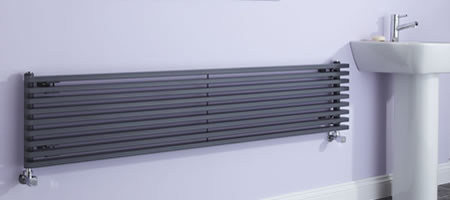
As the name implies, these radiators stand horizontally and typically fit right below a window. These are safe heating options and can fit into virtually any bathroom space/layout. They are the most common choice, easy to install, and are less expensive than other styles/varieties of radiators available.
Panel Radiator
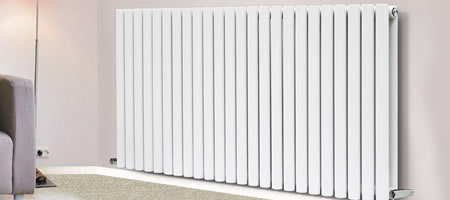
These radiators are often thin and fill with hot water. They typically operate on a central heating system, and don't require too much energy in order to produce heat in a smaller area/space.
Column Radiator
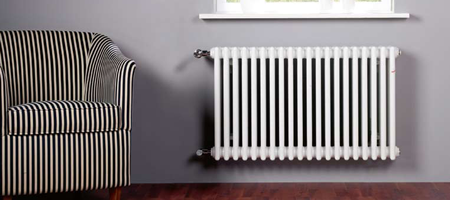
A column radiator is made up of a series of tubes which are arranged in rows and connect from the top to the bottom section. They are traditional in design, and are typically found in older homes.
Towel Radiator
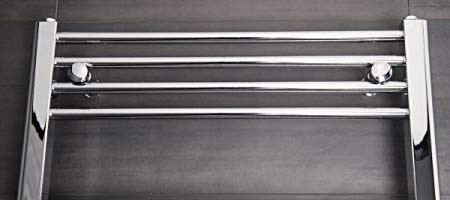
A heated towel radiator is primarily made for heating towels in the bathroom, and can often be used for drying them quickly as well. The secondary function of these radiators is to heat a room, however they can easily heat up smaller rooms, and are far more cost-efficient than a traditional sized radiator.
LST Radiator
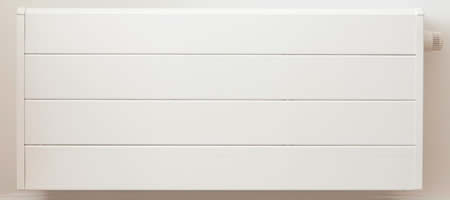
A low surface temperature (LST) radiator is not only safe to the touch, but a great option for schools, or other public areas, where safety might be a concern in the building/office space, and you want to ensure optimal safety. These heaters are highly-efficient.
Things to Consider before Buying
Radiators come in so many varieties; and, depending on where they are being used, the size of the room, or if you plan on investing in something like an LST radiator for a school or building, you have to consider various factors before doing so. Energy ratings, BTU rating, heating times, lower or high-energy models, size/dimensions, placement, and heating elements, are a few of the many different factors you should consider, when comparing the many different models and varieties.
Radiators are often efficient today, and have higher efficiency ratings than older radiators which were present in older homes. So, before investing in a high-power radiator, homeowners looking to add a radiator to a small room, should also consider lower energy output models, as these are still going to do the job well, and might end up costing less to operate. It is important to consider all relevant aspects when comparing radiators, prior to choosing one. With so many options, these are a few of the factors homeowners need to consider, in order to ensure they make the right choice.


